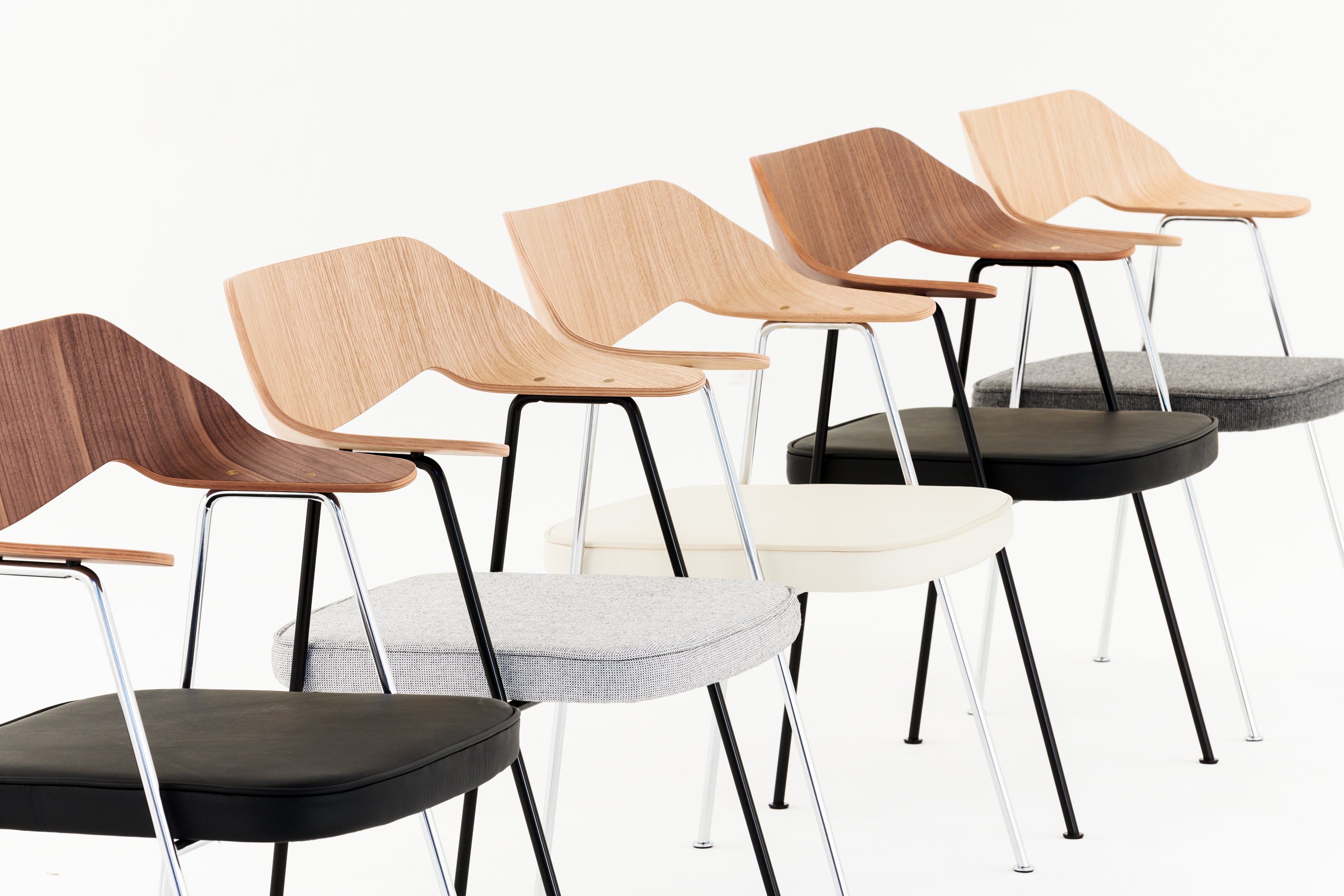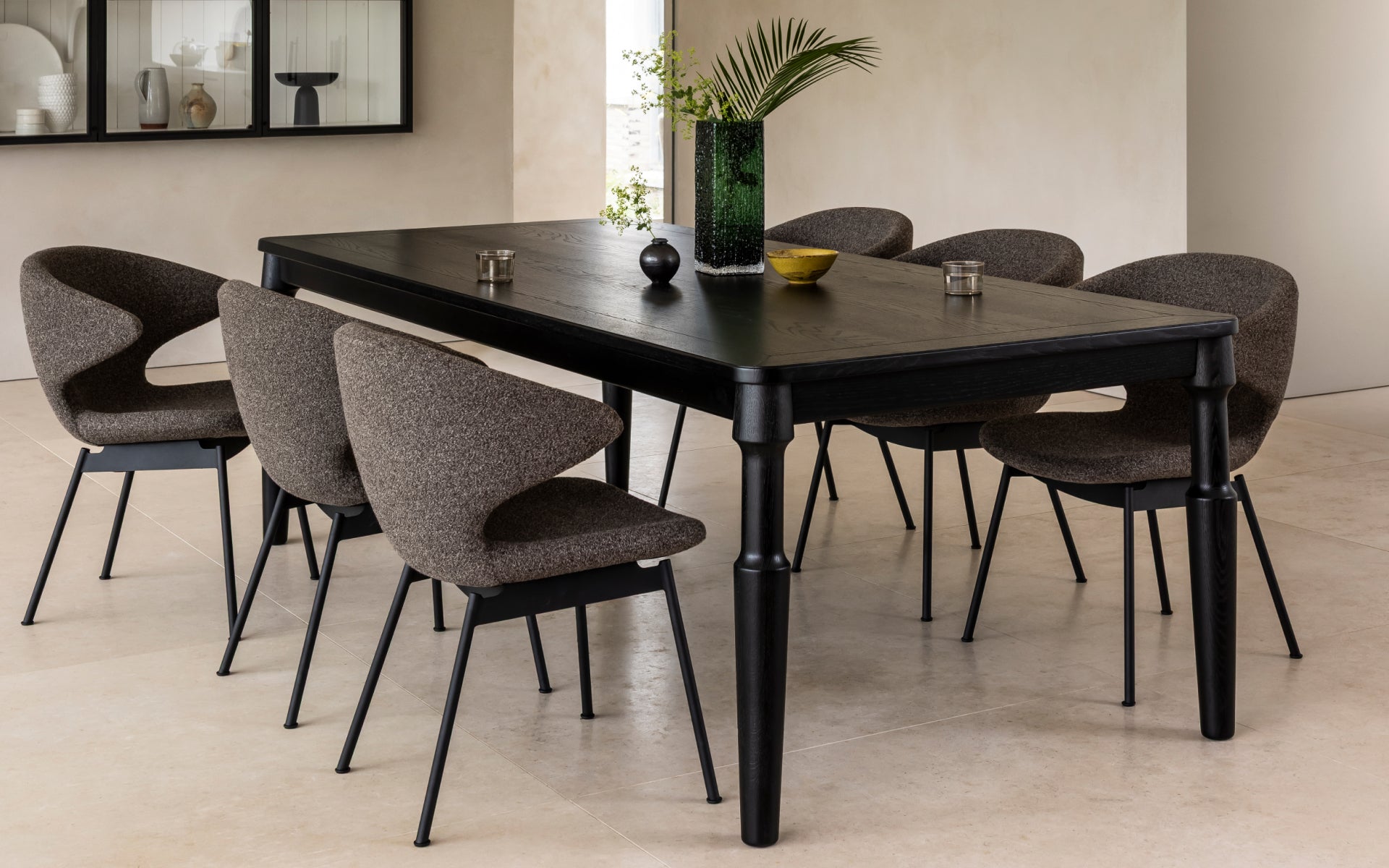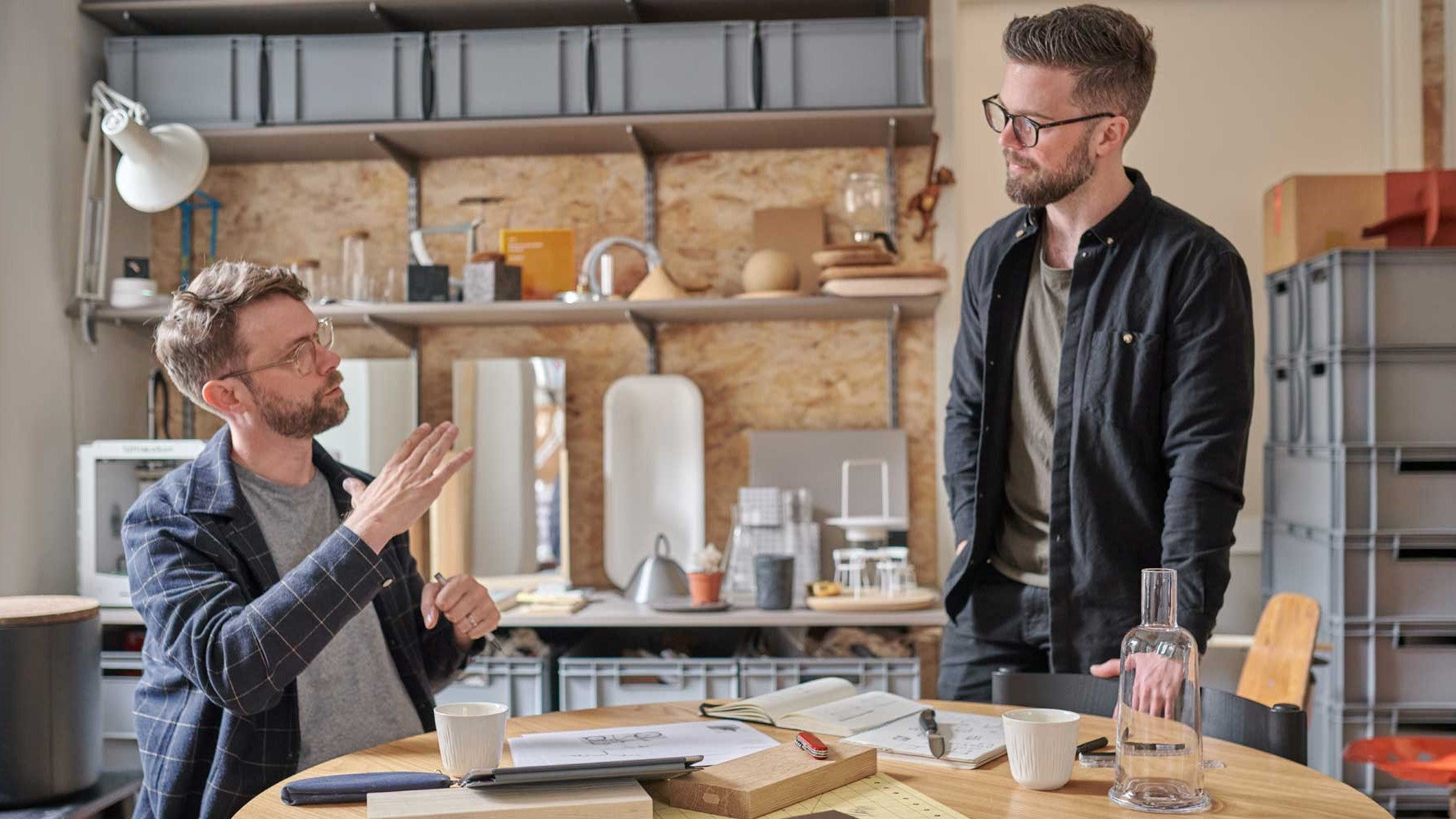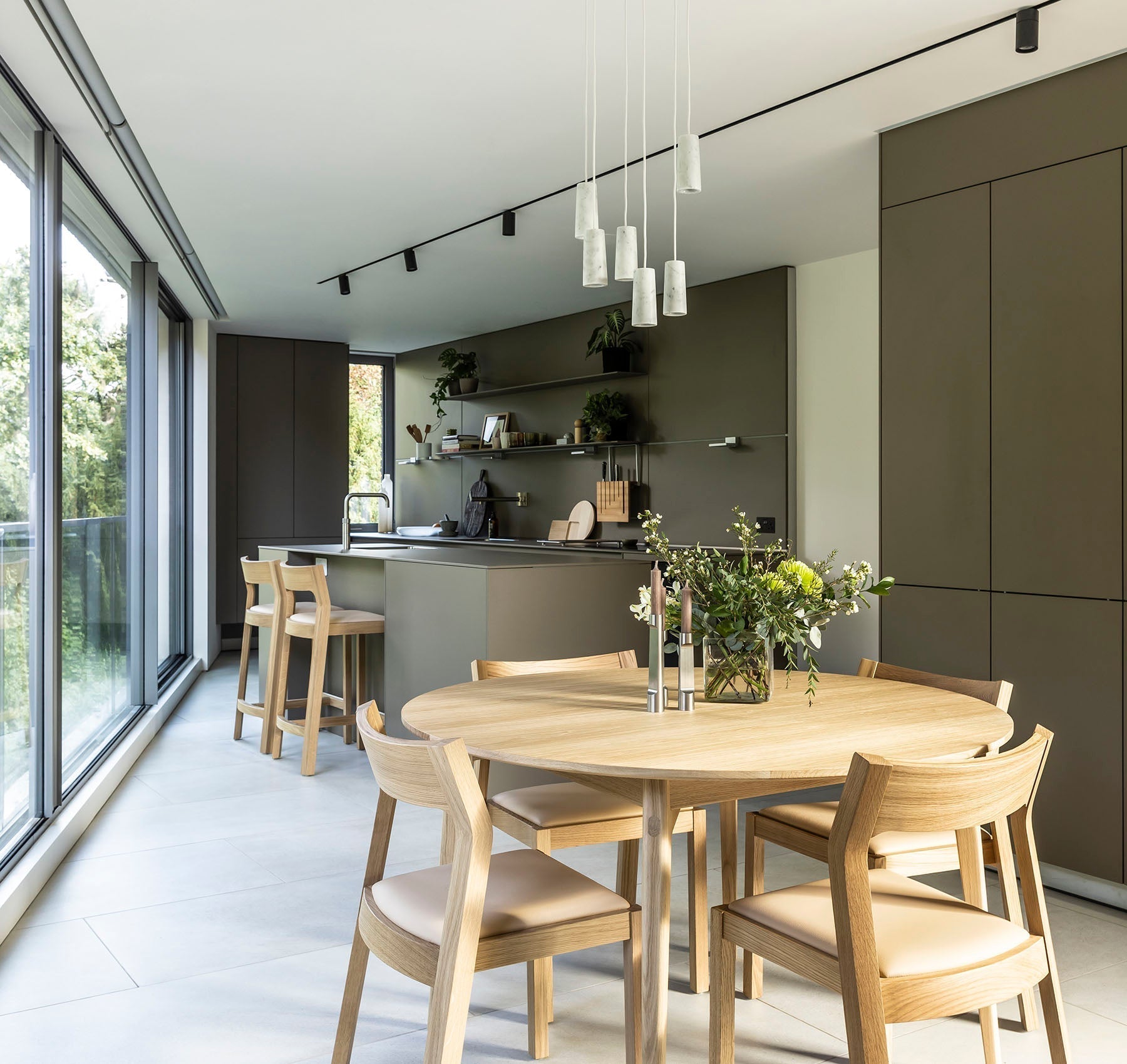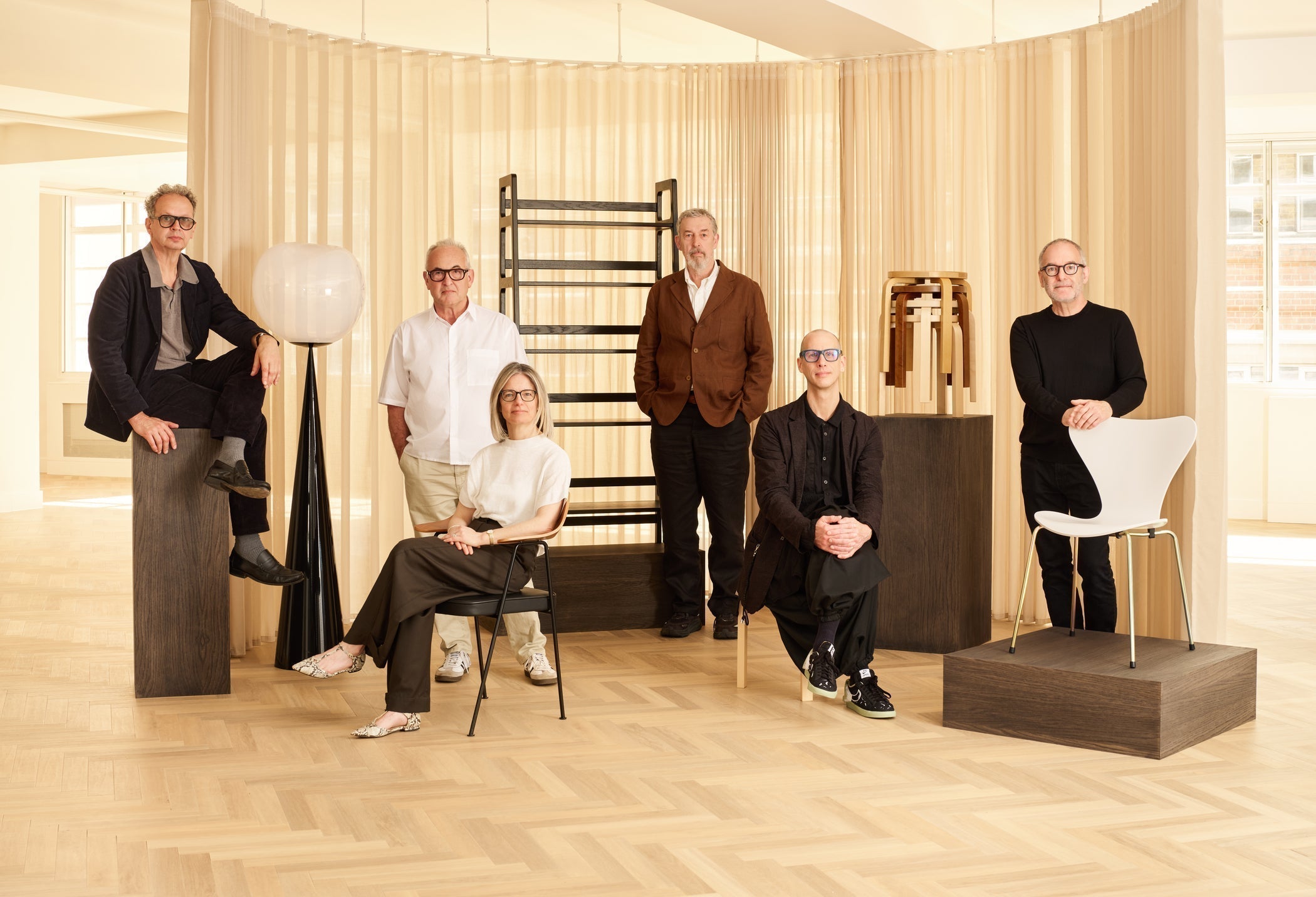In the first of our regular series, we showcase the most spectacular designs ever to have been created, from furniture classics to cult favourites. Here, we pull up well-deserved pew for the much-lauded 675 Chair, originally designed in 1952 by Robin Day and arguably one of the most recognisable pieces of contemporary furniture in the world.
Paula Day, the couple’s only daughter and founder of arts and education charity the Robin and Lucienne Day Foundation, says: “The 675 Chair that Case developed in 2014 in collaboration with the Foundation is the first-ever authentic reissue of my father’s original design. He believed that the first requirement of a designed object was that it should function well. A chair, for example, must be comfortable and durable. These things seem obvious, but they are often disregarded. The 675 Chair is a good example as the backrest is placed at exactly the right height and angle to support the small of the back. The elegance of his designs lies in the integrity and intelligence with which he used available materials and construction techniques to achieve practical requirements. With the 675 Chair, he knew that moulding a plywood back in two directions to provide armrests would be demanding for the manufacturer, so he evolved a shape with a singular curve. This wasn’t only economical to make, but more visually refined and sophisticated. Where form follows function, if you will. The ‘poetry’ of design, as he called it, lies in finding an elegant solution to a practical problem.”
Take a seat and discover what makes this revered design so very special…
#1
Awarded the Design Guild Mark in 2015, which recognises the highest standards in the design of furnishings by the finest designers, the 675 Chair sits head and shoulders above countless imitations. A real investment piece. Read more here.
#2
The chair is characterised by its famous curved back, meticulously crafted from walnut-veneered plywood, which was pioneering at the time of its original production. A fluid shape with a singular curve.
#3
Originally created in 1952, Case worked with the Robin and Lucienne Day Foundation to reinstate the authentic design, harnessing today’s materials and technology to painstakingly recreate its dimensions, angles and proportions.

#4
One of the most iconic features from the original design was the visible fixing in the armrest. Because Robin Day believed that joints should be celebrated, it was purposefully retained, even though modern technology could have easily concealed it.
#5
Two small touches were updated without compromising on the authenticity of the chair’s aesthetic: an injection-moulded plastic glide insert was added to the metal foot to avoid damage to flooring; and a moulded seat pad was used to replace the foam of the original.
